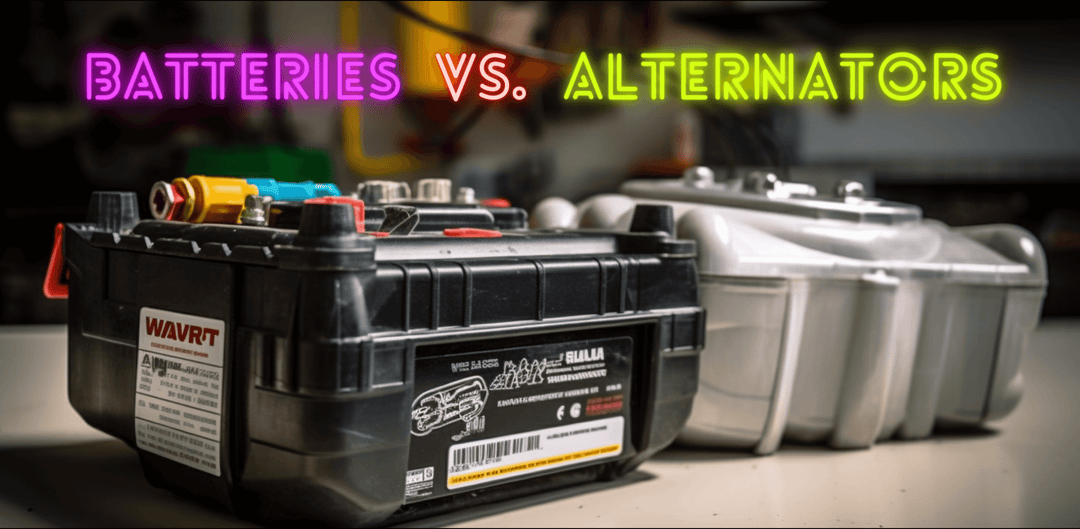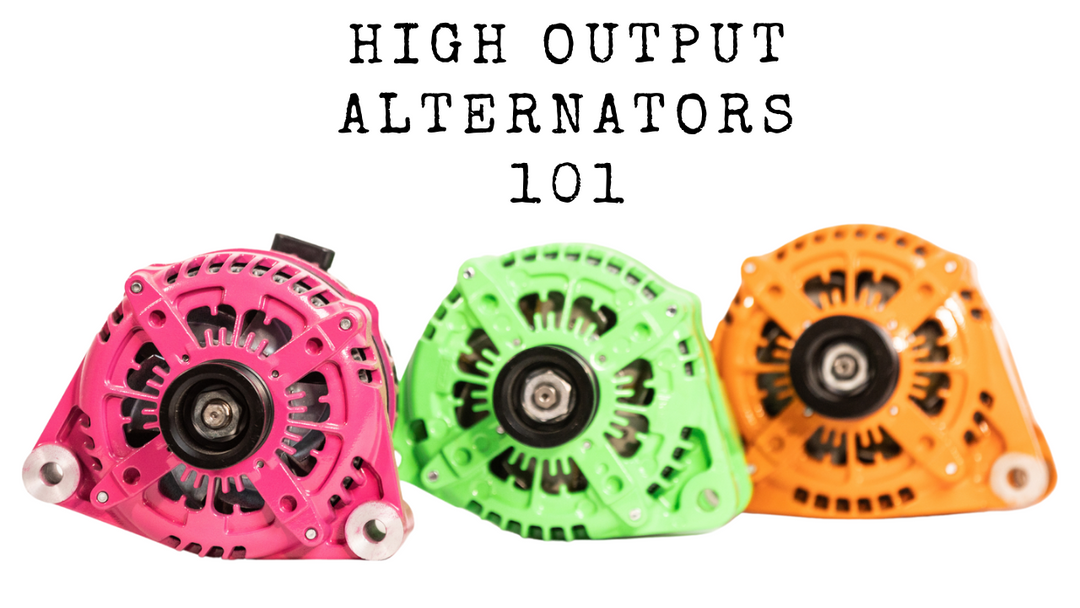Finding the Perfect Fit: Your Guide to Selecting the Right Shorter Belt for Your High Output Alternator
Introduction:
Finding the correct shorter belt for your vehicle can be challenging, but you can quickly determine the ideal size with the proper guidance and resources. In this article, we will walk you through the steps to find the perfect shorter belt for your vehicle using online tools and resources provided by Dayco.
Step 1: Determine the Original Belt Length
First, you'll need to determine the length of your original belt. You can do this by visiting your local NAPA store with your stock belt. Ask the salesperson to look at their paper belt catalog or use the belt measuring tool available in most stores. Alternatively, you can check the part number on your original belt (if it's legible) to determine the length.
Step 2: Use Dayco's Online Belt Length Calculator
Once you have determined the length of your original belt, visit Dayco's online belt length calculator (http://www.daycoproducts.com/online-catalog-1?part_type=20) and enter your vehicle's make, model, year, and engine or license plate number. Select the correct belt you're trying to replace, as some applications may list two straps.
Step 3: Determine the New Shorter Belt Length
After entering your vehicle information, you will see the factory belt dimensions under the "Effective Length (in)." Subtract half an inch from this number to obtain your new shorter belt length.
Step 4: Search for Available Belt Sizes
Visit Dayco's online belt part numbers by length guide (https://www.daycoaftermarket.com/wp-content/downloads/AUTO_&_HD_BELTS_-_2019_GUIDE.pdf) and search for available sizes using your new shorter belt length. If you can't find a suitable belt with the correct rib count and length, consider purchasing a belt with a higher rib count and slicing off the unused ribs with a razor blade.
Step 5: Test Fit the Belt
Once you've found the correct belt, it's time to install it. Test fit the belt onto the engine and observe the spring tensioner arm. The pivot point of the tensioner on many springs tensioners will have a small arrow or line cast into it, accompanied by a range area on the other half. Ideally, the indicator should be positioned approximately halfway between the two points of the "range" marking. Remember that spring tensioners are worn, and a weaker spring can cause belt slip.
Step 6: Consider Adjusting Idler Pulleys
If necessary, you can fine-tune belt tension by changing the diameter of one or more free-spinning idler pulleys on the vehicle. Consult Dayco's idler pulley guide (https://www.daycoaftermarket.com/wp-content/downloads/PULLEY_-_2019_GUIDE.pdf) to locate a replacement idler pulley with the same mounting inside diameter, width, and offset as your original idler pulley. Sometimes, a larger idler pulley can be installed, allowing you to use the actual belt length.
Conclusion:
With the right tools and resources, finding your vehicle's shorter belt can be straightforward. Use Dayco's online help and follow the above steps to find the perfect belt for your car. Please always remember to test fit the belt and check the spring tensioner arm to ensure the best performance and avoid premature wear on components.




